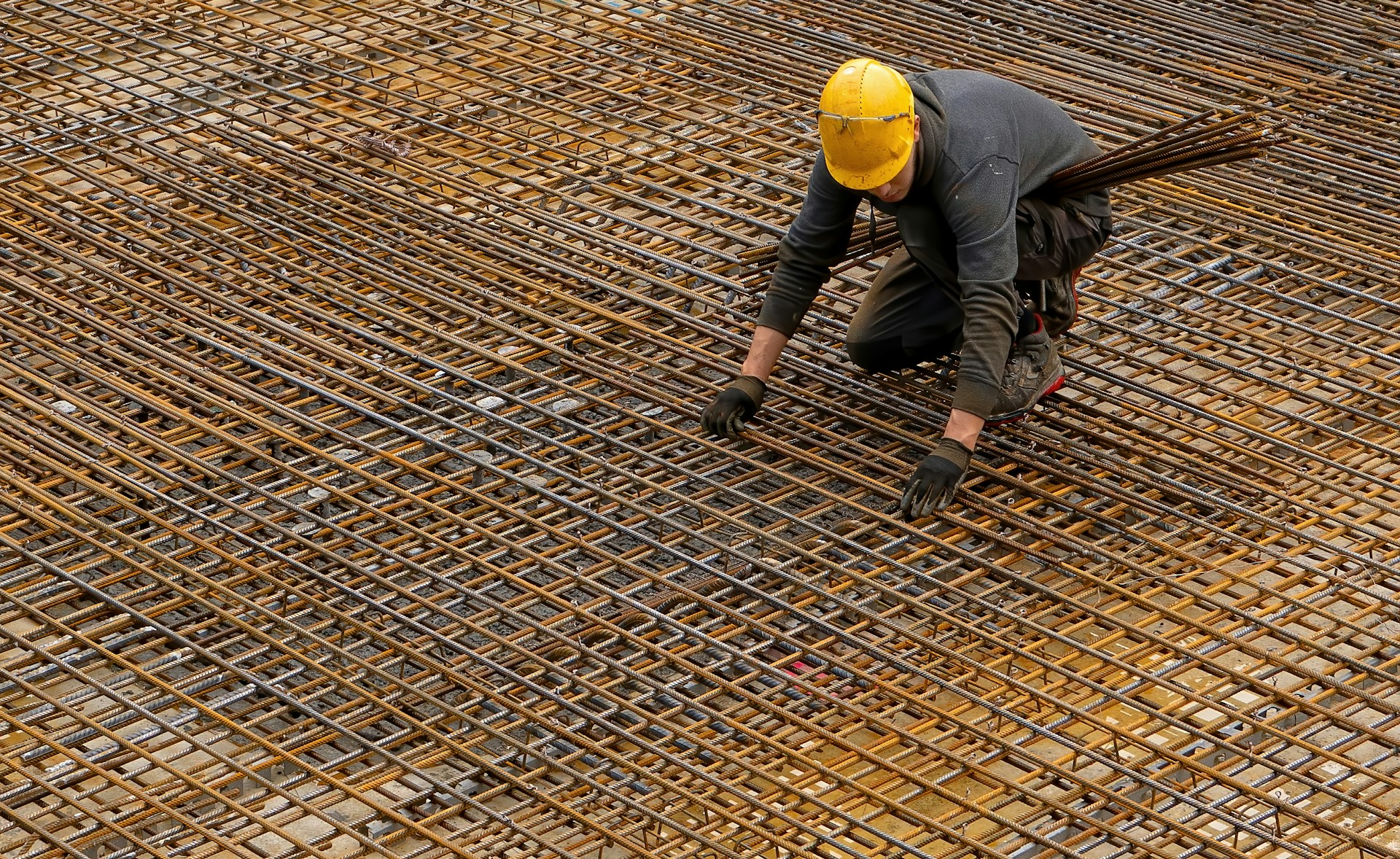
Navigating the Depths: A Comprehensive Exploration of Ground Penetrating Radar's Reliability.
Roger Baldwin


Navigating the Depths: A Comprehensive Exploration of Ground Penetrating Radar's Reliability.
The reliability of Ground Penetrating Radar (GPR) is a paramount consideration in the realm of subsurface exploration. As we embark on this extensive exploration, we will delve into the intricacies of GPR technology, scrutinizing its principles, applications, advantages, and potential limitations. Our journey will also cast a spotlight on the impact of GPR, shedding light on its reliability and effectiveness in the diverse industries that shape the landscape.
Understanding Ground Penetrating Radar (GPR):
Ground Penetrating Radar, a non-invasive geophysical method, utilizes radar pulses to create detailed images of the subsurface. The emitted electromagnetic waves penetrate the ground, concrete, water or other consistent surface. and the reflected signals are analyzed to unveil a comprehensive snapshot of the hidden layers beneath the surfaces. Yet, the pivotal question remains: how reliable is GPR in providing accurate and consistent results?
1. Principles of Operation:
At the core of GPR's reliability are the principles of electromagnetic wave propagation. The emitted radar pulses interact with subsurface materials, creating reflections that are meticulously analyzed. The reliability of GPR hinges on the fidelity of these reflections and the ability to interpret them accurately. In other words, the equipment is as good as the users ability to interpret the results.
2. Applications Across Industries:
The versatility of GPR is definitely a testament to its reliability. From geophysics and archaeology to construction and environmental assessment, GPR consistently proves its effectiveness. Its application across diverse industries attests to the technology's reliability in providing crucial subsurface information for various needs. Simply by the wide propagations of usages through various industries speaks volumes in the trust of the reliability of Ground Penetrating RADAR.
Common Applications and Success Stories:
1. Geophysics and Archaeology:
In the field of geophysics and archaeology, GPR has emerged as a game-changer. Its reliability in detecting buried artifacts, variations in soil composition, and ancient structures has led to numerous success stories. most projects employ some form of ground penetrating RADAR to help archaeologists to unveil hidden historical treasures without the need for invasive excavation, showcasing its reliability in preserving a site's rich history.
2. Construction and Engineering:
The reliability of GPR is paramount in the dynamic construction environment. Firms, drawing inspiration from innovative pioneers, utilize GPR to assess subsurface conditions, identify utilities, and mitigate risks. Success stories underscore GPR's role in preventing costly delays and ensuring the safety of workers during excavation and construction activities. Xenogenesis of Jacksonville has been employing ground penetrating RADAR for over 20 years throughout the southeast with great success. We believe 100% in the reliability of the data we receive based on our years of experience. We have learned all the lessons that RADAR imaging can teach, but the results achieved are only as good as the technician providing the information. We encourage all of our clients to hire only firms that prioritize RADAR imaging in their business. In other words if a company specializes in cutting and coring they are probably not well versed in RADAR imaging.
3. Environmental and Infrastructure Assessment:
Environmentalists and civil engineers rely on GPR for assessing infrastructure conditions and monitoring environmental changes. GPR's reliability in identifying underground storage tanks, locating leaks, and evaluating the integrity of roads and bridges underscores its significance in ensuring sustainable urban development.
Addressing Common Misconceptions:
1. Depth Limitations:
A common misconception surrounding GPR is its perceived limitations in depth penetration. While the depth GPR can reach is influenced by factors like soil composition and radar frequency, ongoing technological advancements continue to push these limits. Understanding project-specific requirements is crucial in mitigating this perceived limitation and enhancing GPR's reliability.
2. Subsurface Material Variability:
Variability in subsurface materials, such as changes in moisture content or the presence of conductive materials, is often considered a potential challenge for GPR reliability. However, calibration and interpretation expertise, coupled with advancements in signal processing algorithms, play a pivotal role in overcoming these challenges and enhancing the reliability of GPR results.
Factors Influencing GPR Reliability:
1. Equipment Quality:
The reliability of GPR heavily depends on the quality of the equipment used. Investing in state-of-the-art GPR systems ensures better accuracy and reliability in subsurface imaging. Xenogenesis of Jacksonville recognize the significance of quality equipment in ensuring reliable results for their projects. We only use the RADAR systems from the finest manufacture of the systems GSSI. This insures the highest quality results. Like our firm they specialize in only RADAR equipment which elevates their firm above most others.
2. Site-Specific Considerations:
Each subsurface exploration project is unique, and site-specific considerations play a pivotal role in determining the reliability of GPR results. Factors such as soil type, moisture content, and the presence of other materials must be carefully analyzed to ensure accurate interpretations tailored to every site's diverse geography.
3. Operator Proficiency:
The reliability of GPR results is also influenced by the proficiency of the operator. Xenogenesis of Jacksonville has spent years perfecting it's craft through proper training. Our priority is accuracy and we have achieved this through years of experience using GPR equipment and interpreting results on a daily basis. We cannot stress enough the importance of hiring competent technician with an eye for detail.
Future Trends and Advancements:
As we gaze into the future, the reliability of GPR is poised to undergo further enhancements. Ongoing research aims to improve depth penetration, address subsurface material variability, and integrate GPR with emerging technologies like artificial intelligence for more accurate and automated data interpretation. Many firms like Xenogenesis of Jacksonville, are at the forefront of technological advancements, are likely to play a crucial role in adopting and shaping these innovations.
Conclusion:
In answering the question, "Is Ground Penetrating Radar Reliable?" the resounding answer is a definitive yes. Ground Penetrating Radar has proven its reliability across diverse applications, from uncovering historical artifacts to ensuring the safety and efficiency of construction projects. While acknowledging common misconceptions and understanding the factors that influence reliability, it's clear that GPR is a trustworthy technology when applied with the right considerations.
As technology continues to advance, GPR's reliability will likely soar to new heights, offering even more precise and consistent subsurface insights. In the world of subsurface exploration, Ground Penetrating Radar remains a beacon of reliability, guiding industries, and Xenogenesis of Jacksonville toward a future of enhanced accuracy and efficiency.
1500 Beach Blvd
Jacksonville Beach, FL 32250


